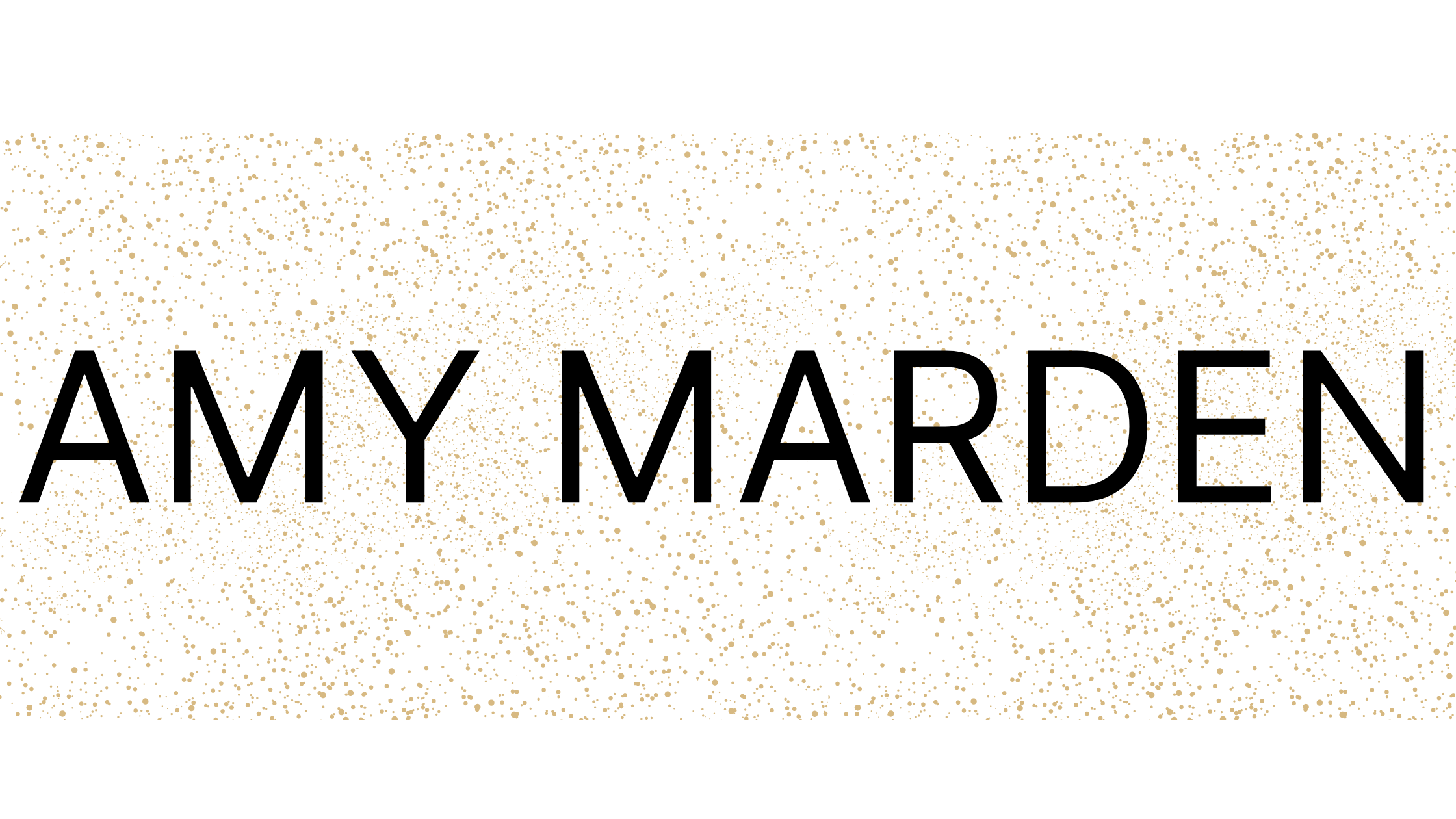I was so excited to attend the Association of Writers & Writing Programs 2017 conference in Washington, D.C. a few weeks ago (#AWP17 to see tweets from the conference). I darted out of my hotel room Thursday morning, fueled by coffee and a thirst for knowledge. Three days, a bajillion cups of coffee, and a dozen random snack packs later, I fell into an Amtrak seat–not even sure I was on the right train–and took my overflowing brain (and book bag) home to process what I’d learned. Which was a lot. A LOT.
One of the most surprising and enlightening panels was “The Power of Picture Books: What Picture Books Can Teach Middle Grade and YA Writers About Inclusivity and Craft.” It was the only panel at the whole conference on picture books, but boy was it a good one. For this post, I’ll focus on craft.
Go grab a picture book and work through this exercise. I’ll use Maurice Sendak’s Where The Wild Things Are because it’s pretty much my favorite book ever. But whatever you have on hand will do.
The industry standard length for picture books is 32 pages of story (so not including title pages, etc.). Didn’t know there was a standard length? Neither did I. I actually went to my local library and counted the pages in a bunch of books. With few deviations, the books were 32 pages. It has to do with printing and folding paper, and if you want to know more just Google it.
A good picture book story accomplishes the same task as a novel: it tells a compelling story. To do this, the picture book follows classical story structure. The story has narrative arc and character arc. It has an inciting incident that changes the status quo. The protagonist is faced with challenges. He/she succeeds/fails at those challenges and exhibits growth. The challenges lead to a pinnacle event/turning point/climax, where the protagonist must apply that growth and act/fail to act. And there is a resolution. Sound familiar?
Where The Wild Things Are is 32 pages and 336 words. This blog post will be longer than his story…and not nearly as compelling I am afraid. If he can tell a fully-developed, classically structured story in 336 words, the rest of us have no excuses. No excuses!
Pressing on to the point.
Let’s apply classical story structure to Where The Wild Things Are, in all its 32-pages of genius*.
Inciting Incident: Pg. 1 gives us the status quo: “The night Max wore his wolf suit” AND the inciting incident “and made mischief.” That’s all on page one. How long does it take you to set that up in your manuscript? “[H]e was sent to bed without eating anything” on page 5 could be considered a continuation or the inciting incident or its natural consequence.
Challenges/Obstacles that lead to growth: On pg. 7 “a forest grew” and Max chooses to let it. That’s challenge/obstacle 1. On pg. 9, he lets it grow more. By page 13- a little over 1/3 of the way through the book- he makes the decision to get on the boat. Think about the obstacle, decision, and growth this shows. This boy chooses to leave the safety of his room and get into a boat and sail to who knows where. Now those are high stakes! Are the stakes 1/3 of the way through your story that high? They should be.
Climax: Pg. 17 brings the climax of the book. He is faced with the wild things who “roared their terrible roars and gnashed their terrible teeth…” and he must decide: fight or flight. Being the fearless kid he is, he chooses fight (“BE STILL!”).
Reversal: After a good bit of rumpus-ing, Max yells at the wild things and sends them to bed without their dinner. Pg. 23-24 show a reversal of course for the protagonist, where his character growth arcs. Max realizes being wild isn’t that much fun. He is lonely and wants to go home “where someone loved him best of all.” The reversal is not without drama, however. Before Max leaves he must overcome the wild things one more time as they beg him to stay. Again, this structural drama shows character growth.
Resolution: The story ends in its logical place, with Max back in his room. He has grown from the person he was at the beginning of the book. As an added bonus, his supper is still hot (pg. 31).
This is all fine and good, but what does it have to do with MG and YA? The AWP panel smartly suggested putting our MG story into a 32-page structure to see how it measures up. This is the most genius advice for dealing with proportionality I have ever heard! How many “pages” does it take to get to the inciting incident? Where is the climax? Do dramatic elements hinge over “page” turns? By examining your story in this structure, you can learn a lot about where you are on point and where elements are off, or absent. I would go so far as to say that if you can’t fit your story into a 32-page structure, you have a fundamental structural problem. And realizing you have a problem is the first step toward fixing it, right?
What else can we learn from picture books? Have you heard this advice before, and have you tried it? If you’ve broken down other picture books structurally, I would love to know the titles and what you found.
Happy writing!
*Nancy Lamb does a similar examination of Wild Things in her book Crafting Stories for Children, a must-read for any writer and especially one who desires to write for the toughest audience of all.

Recent Comments